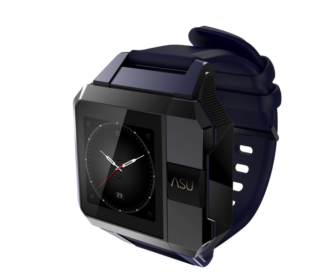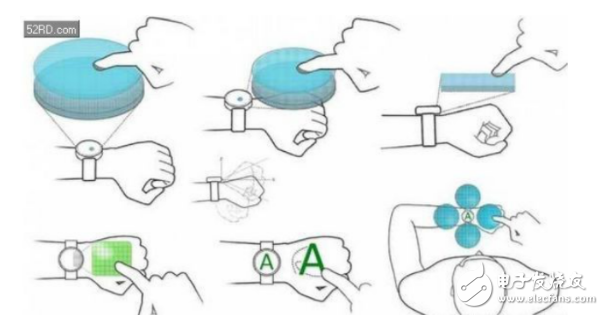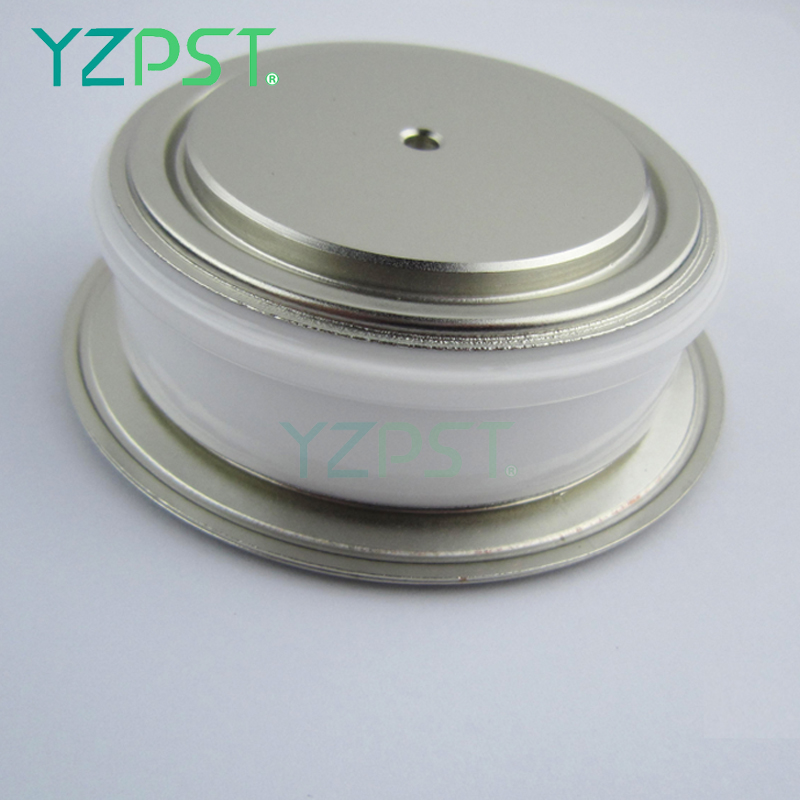Huawei Watch Hand Touch Screen Patent Exposed, Huawei Enters Virtual Touch Technology Products
Recently, Huawei announced a new patent application that has caught the attention of the tech world. The patent reveals that Huawei is exploring an innovative technology for its smartwatches, which would allow users to project the watch's screen content onto the back of their hand. This development has sparked interest from Yisuo Technology, a Chinese startup specializing in virtual touch technology. In response, Yisuo said, "This is great news. Welcome to Huawei as a new partner in the field of virtual touch."
On February 9th, Yisuo expressed its excitement through its official WeChat account, welcoming Huawei into the growing community of virtual touch researchers. While Yisuo may be a relatively young company—only three years old—it sees Huawei’s move not as a threat, but as a sign of growing industry recognition. It's not about being an "old-timer," but rather about being a "latecomer" who has already made significant progress in this emerging space.
Three Years of Innovation: Yisuo’s Virtual Touch Technology Matures

Yisuo began developing virtual touch technology at the start of 2015 and achieved breakthroughs in virtual display imaging by the end of the same year. Later, they partnered with Carnegie Mellon University to develop the ViBand technology, which successfully demonstrated virtual touch capabilities on the back of the hand. By April 2016, the team completed prototype verification for ViBand. In September 2017, the technology was integrated into the ASU Watch, marking the first commercial product featuring virtual touch.
Within just three years, Yisuo and its research partners managed to not only develop but also commercialize virtual touch technology. The ASU Watch became the world’s first smartwatch with virtual touch, showcasing a fully functional and mass-produced solution. Moreover, through extensive AI training, ViBand can recognize different actions, including gender and even skin color, making it one of the most advanced systems in the field. Yisuo plans to present its technology at the 2018 World Conference on Human-Computer Interaction, where further advancements like skin-sliding touch operations are expected.
Huawei Enters the Market – A Long Road Ahead for Virtual Touch

Huawei has long focused on sports and health features in its smartwatches, but recent moves suggest a push toward more intelligent functionality. From the recently revealed bezel-touchable smartwatch patent to the adoption of virtual touch technology, Huawei seems determined to make its devices more interactive and user-friendly. Virtual touch technology allows smartwatches to overcome physical screen limitations, expanding interaction possibilities and creating a new trend in wearable design.
However, entering this market is no easy task. While companies like Yisuo have already launched mature products, Huawei is still in the early stages of development. Challenges such as technology selection, touch accuracy, device size, interference reduction, and user comfort all pose hurdles. Despite these difficulties, Huawei’s entry into the virtual touch space signals growing interest in this promising technology.
Competition drives innovation, and Yisuo understands this well. The company expresses admiration for Huawei’s efforts, highlighting the challenges and achievements of its own team over the past three years. With a strong foundation in virtual touch, Yisuo remains confident in its position and open to future collaboration. Perhaps, in the coming years, Yisuo and Huawei could work together to advance the field and reshape how we interact with wearable technology.
Rectifier Diode(Standard Diode)
Rectifier Diode(Standard Diode) utilizes the unidirectional conductivity of the diode, which can convert the alternating current of alternating direction to a pulsating direct current of a single direction. Rectifier diode – diode designed for rectifying alternating current (mostly with low power frequency – 50 Hz at high power emitted during load). The main task of the rectifier diode is to convert AC voltage into DC voltage through application in rectifier bridges. The variant of rectifier diodewith the Schottky barrier is particularly valued in digital electronics.

Rectifier Diode,Standard Diode,High Power Rectifier Diode,High Voltage Rectifier Diode
YANGZHOU POSITIONING TECH CO., LTD. , https://www.yzpst.com